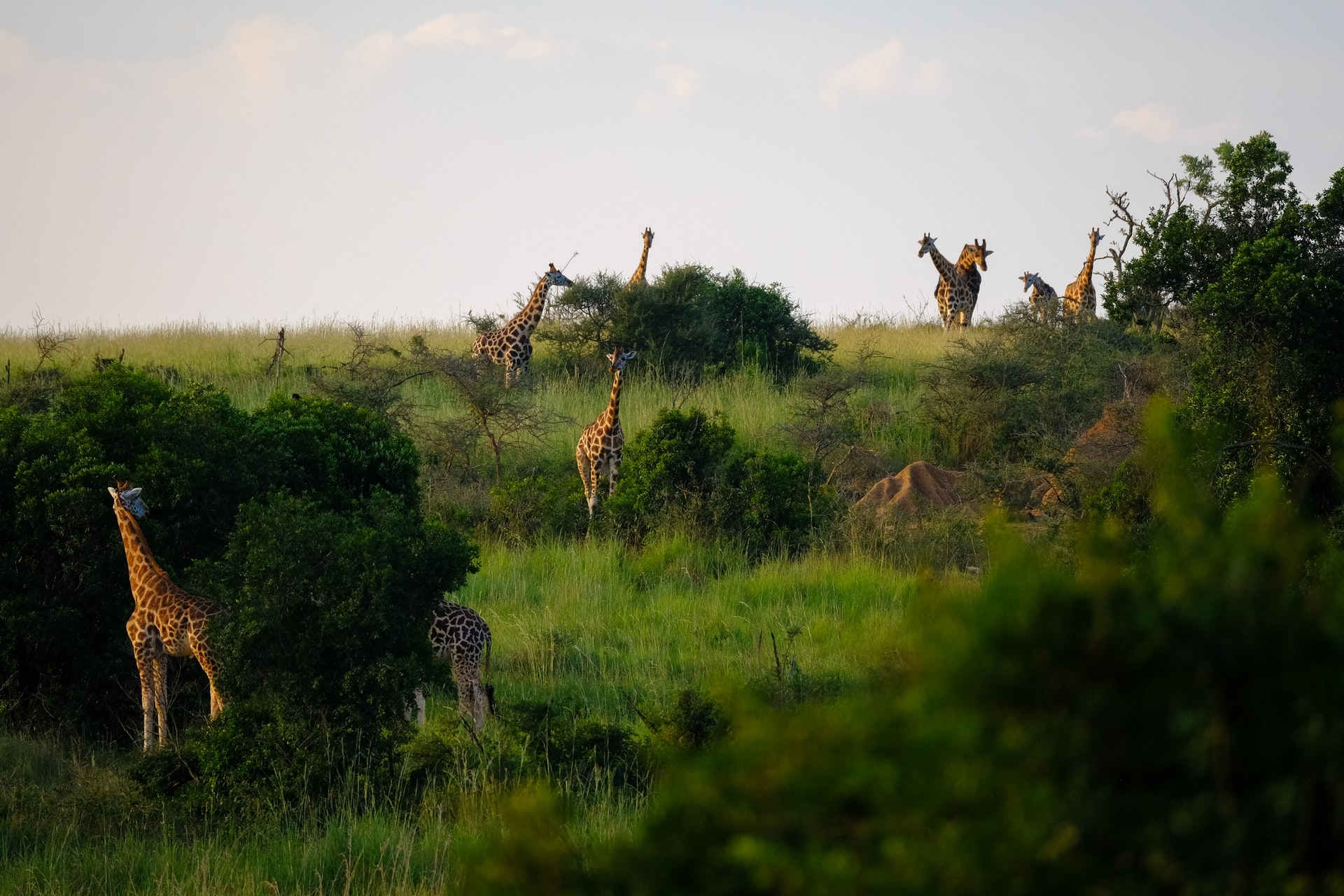ABOUT TANBIF
Tanzania Biodiversity Information Facility (TanBIF) is a consortium of biodiversity universities, research institutions and non-governmental organisations of the United Republic of Tanzania providing open access to country biodiversity data and information held inside and outside Tanzania.

Established on 30th August 2007, the Tanzania Biodiversity Information Facility (TanBIF) is a consortium of biodiversity universities, research institutions and non-governmental organisations of the United Republic of Tanzania providing open access to country biodiversity data and information held inside and outside Tanzania. Hosted and coordinated by the Tanzania Commission for Science and Technology (COSTECH), TanBIF is the national node of the Global Biodiversity Information Facility. The Consortium developed the national biodiversity data infrastructure (TanBIF Portal) in 2008 to meet biodiversity stakeholders’ data and information needs. The TanBIF Portal was launched officially by the former Vice President of the United Republic of Tanzania, His Excellency Hon. Dr Ali Mohammed Shein during the 15th GBIF Governing Board meeting held in Arusha, Tanzania from 3rd to 5th November 2008. Revolution in information technologies let into the Atlas of Living Australia (ALA) Technologies based TanBIF portal.
Through GBIF common standards, including Darwin Core, best practices and open-source tools such as IPT: The Integrated Publishing Toolkit, data validator and species matching, biodiversity scientists, researchers and others share and use biodiversity data and information from Kingdom to Species levels. Access to these data is vital for addressing economic, social and environmental critical issues such as land-use planning, setting up and managing protected areas, identifying and tracking agricultural pests and diseases of humans, livestock and wildlife, and predicting the spread of invasive species. These data and information are essential for achieving Millennium Development Goals (MDGs) and National Vision 2025. They contribute significantly to biodiversity policy and decision making, research, conservation and tourism.
Membership of TanBIF
Membership to the Tanzania Biodiversity Information Facility is open to any institution in the United Republic of Tanzania that intends to promote open access to data and information regarding Tanzania’s biodiversity. The institution becomes a Consortium member after signing the TanBIF MoU. Currently, TanBIF is composed of:
- University of Dar es Salaam https://www.udsm.ac.tz
- State University of Zanzibar https://www.suza.ac.tz
- Sokoine University of Agriculture https://www.sua.ac.tz
- Muhimbi University of Health and Allied Sciences https://www.muhas.ac.tz
- University of Dodoma https://www.udom.ac.tz
- St. Jones University https://www.sjut.ac.tz
- Nelson Mandela Institute of Science and Technology https://nm-aist.ac.tz
- College of African Wildlife Management, MWEKA http://www.mwekawildlife.ac.tz
- Forestry Training Institute, Olmotonyi https://fti.ac.tz
- Tanzania Wildlife Research Institute https://tawiri.or.tz
- Tanzania Forest Research Institute https://www.tafori.or.tz
- Tanzania Fisheries Research Institute https://www.tafiri.go.tz
- National Environmental management Council https://www.nemc.or.tz
- National Land Use Planning Commission https://www.nlupc.go.tz
- Tanzania Forest Conservation Group http://www.tfcg.org
- Tanzania Pesticides Research Institute https://www.tpri.go.tz